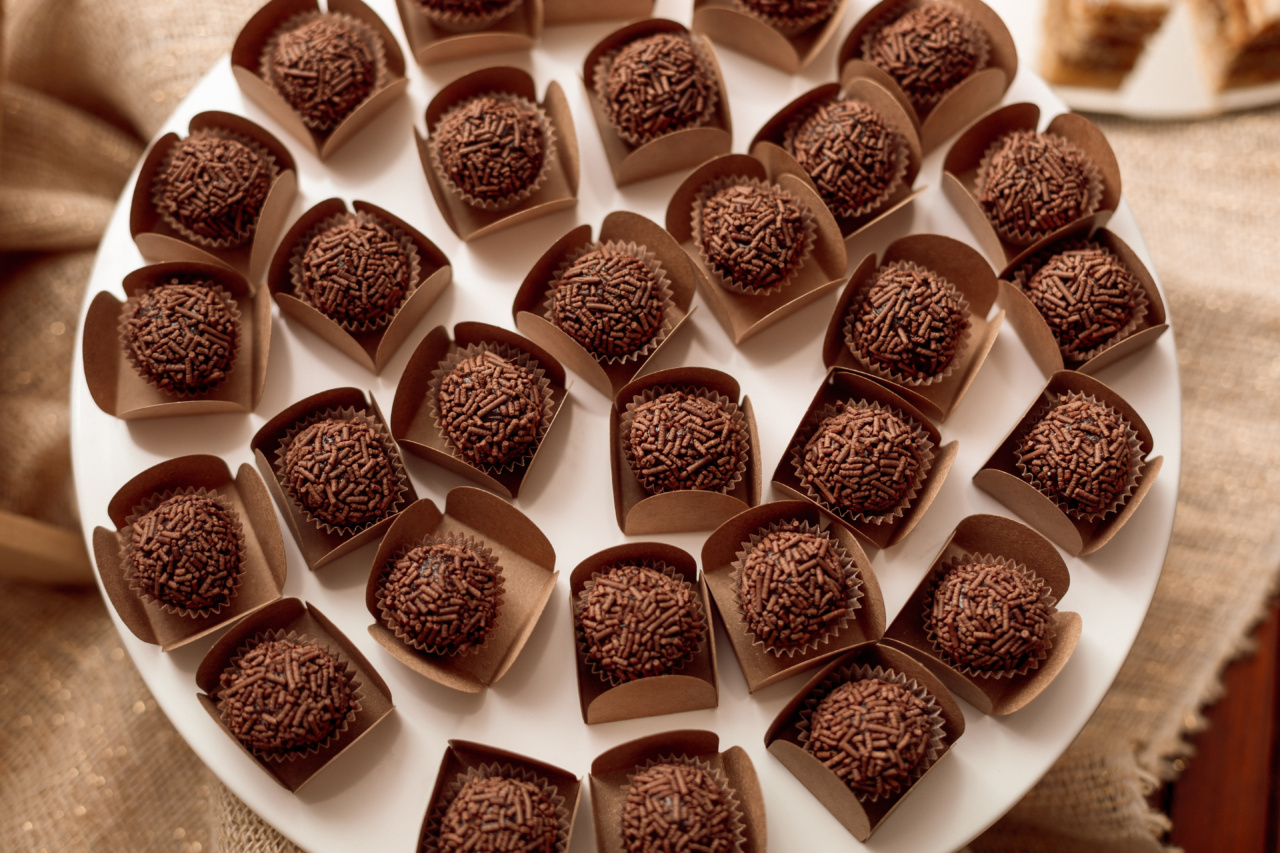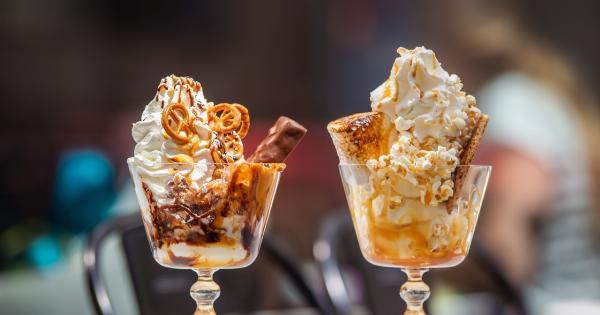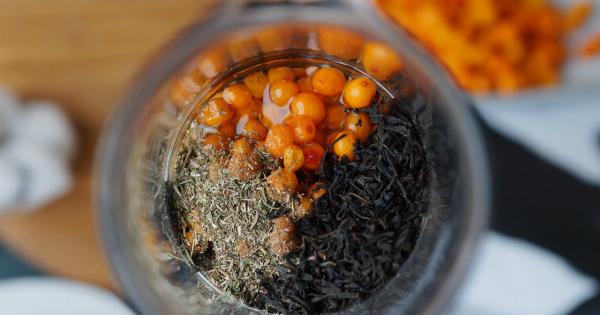Diabetes is a complex disease that affects millions of people worldwide. One of the biggest misconceptions surrounding diabetes is that all sugar intake should be eliminated.
While it is true that people with diabetes need to be mindful of their sugar intake, they do not have to completely eliminate desserts from their diets.
In this article, we will be busting myths about diabetes and desserts so that people with diabetes can enjoy their favorite treats while maintaining healthy blood sugar levels.
Myth #1: People with Diabetes Should Not Eat Sugar
The first myth we need to bust is that people with diabetes should not eat sugar. While it is important for people with diabetes to limit their sugar intake, it is possible to include limited amounts of sugar in a healthy diet.
The American Diabetes Association suggests that people with diabetes can consume up to 45-60 grams of carbohydrates per meal, including a small amount of sugar.
While this may not seem like a lot, it is possible to include desserts in your diet by making healthy substitutions or by eating smaller portions.
It is important to note that the type of sugar matters. Simple sugars, such as those found in candy and sugary drinks, are not recommended as they can cause rapid spikes in blood sugar levels.
It is better to consume sugars that are part of a balanced meal or snack, such as those found in fruits, whole grains, and dairy products.
Myth #2: All Artificial Sweeteners are Safe for People with Diabetes
Another common myth is that all artificial sweeteners are safe for people with diabetes. While artificial sweeteners can be useful in limiting overall sugar intake, they are not a perfect solution and some may have side effects.
For example, some people experience digestive issues such as gas, bloating, or diarrhea when consuming large amounts of sugar substitutes. Others may find that certain sweeteners cause headaches or other adverse reactions.
Furthermore, some studies suggest that consuming artificial sweeteners may actually increase the risk of obesity and other health issues in the long term.
While the evidence is not yet clear, it is important to choose sugar substitutes wisely and in moderation.
Myth #3: People with Diabetes Cannot Enjoy Baked Goods
Many people assume that baked goods like cakes, cookies, and pastries are off-limits for people with diabetes. However, this is not necessarily true.
When it comes to baked goods, the key is to choose recipes that are lower in sugar and higher in fiber.
This can be achieved by substituting some or all of the sugar in a recipe with a sugar substitute or by using naturally sweet ingredients like fruit or pureed vegetables.
Many recipes also call for high-carb flours like all-purpose flour, which can cause a rapid spike in blood sugar levels. Alternative flours like almond flour, coconut flour, or chickpea flour can be used instead to keep blood sugar levels more stable.
Myth #4: Low-Fat Desserts Are Always the Best Choice for People with Diabetes
Low-fat desserts may seem like the obvious choice for people with diabetes, but this is not always the case.
Many low-fat desserts are high in added sugar to make up for the lack of fat. This can cause blood sugar levels to spike, which can be harmful for people with diabetes.
Furthermore, some people with diabetes find that low-fat desserts leave them feeling unsatisfied, which can lead to overeating or snacking on less healthy options later on.
Instead of focusing on low-fat options, it is better to choose desserts that are naturally low in fat and sugar, such as fresh fruit or yogurt. These options are also higher in fiber, which can help to regulate blood sugar levels.
Myth #5: Desserts Should Be Avoided Before Bedtime
Many people believe that eating desserts before bedtime is a recipe for disaster when it comes to blood sugar levels.
While it is true that timing can be important for people with diabetes, the idea that desserts should be avoided before bedtime is not always true.
The key is to choose desserts that are low in sugar and high in protein and fiber. These types of desserts can actually help to regulate blood sugar levels and prevent overnight drops in blood sugar.
Examples of good bedtime desserts for people with diabetes include yogurt with fresh fruit and nuts, a small bowl of oatmeal, or a small slice of whole-grain toast with nut butter.
Myth #6: People with Diabetes Cannot Eat Ice Cream
Ice cream is often considered a no-no for people with diabetes, but this is not necessarily true. While regular ice cream is high in sugar, there are a number of diabetes-friendly ice cream options on the market today.
Many of these options are made with sugar substitutes or whole-food ingredients like coconut milk or avocado. They also tend to be lower in fat and calories than regular ice cream.
Another option is to make your own ice cream at home using low-sugar and low-fat ingredients. This can be a fun way to enjoy dessert without worrying about blood sugar spikes.
Myth #7: People with Diabetes Should Avoid Chocolate
Chocolate is another food that is often considered off-limits for people with diabetes, but this is not necessarily the case.
While some types of chocolate are high in sugar and should be avoided, dark chocolate is a good option for people with diabetes. Dark chocolate contains antioxidants and flavonoids that can improve heart health and insulin sensitivity.
It is important to choose dark chocolate with a high percentage of cocoa solids (70% or higher) and to consume it in moderation.
Myth #8: All Fruits Should Be Avoided by People with Diabetes
Some people believe that all fruit should be avoided by people with diabetes because of their natural sugar content. However, this is not the case.
Fruits are an important part of a healthy diet and can be safely consumed by people with diabetes in moderation. Most fruits are low in calories, high in fiber, and contain important vitamins and minerals.
It is important to choose fruits that are lower in sugar, such as berries, apples, and citrus fruits, and to consume them as part of a balanced meal or snack.
Myth #9: People with Diabetes Cannot Eat Pies or Tarts
Pies and tarts are often considered a no-go for people with diabetes, but this is not necessarily the case.
Similar to baked goods, the key is to choose recipes that are lower in sugar and higher in fiber. This can be achieved by using sugar substitutes, whole-grain crusts, and naturally sweet ingredients like fruit.
It is also important to watch portion sizes and to consume these desserts as part of a balanced meal or snack.
Myth #10: Sugar-Free Desserts are Always the Healthiest Option
Finally, it is important to dispel the myth that sugar-free desserts are always the healthiest option for people with diabetes.
While sugar-free desserts may sound like a good idea, they often contain additives and artificial sweeteners that can have negative side effects.
Furthermore, some sugar-free desserts are still high in carbohydrates and calories, which can cause blood sugar levels to spike.
Instead of focusing only on sugar-free options, it is better to choose desserts that are made with whole-food ingredients, low in sugar, and high in fiber.
Conclusion
In conclusion, people with diabetes do not have to completely eliminate desserts from their diets.
By choosing desserts that are lower in sugar, higher in fiber, and consumed in moderation, people with diabetes can still enjoy their favorite treats while maintaining healthy blood sugar levels.
It is important to dispel myths about diabetes and desserts so that people with diabetes can make informed choices and enjoy good health.
With a little creativity and mindful eating, people with diabetes can still indulge in sweet treats without sacrificing their health.



























